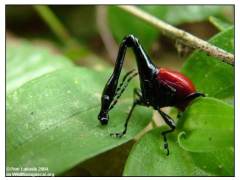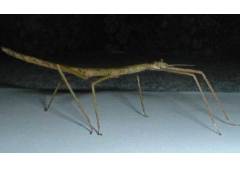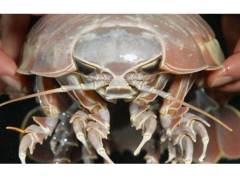Welcome back! In this last post for this level, we are going to talk about extinct animals. In our last post we showed some unusual and incredible species. This time you will learn about animals that don’t exist anymore. Here are a few of them.
The Dodo bird.
Poor dodo. The bird that couldn’t fly. Native to the island of Mauritius, in the Indian Ocean, was known to mankind for less than 100 years … but that’s all it took for us to finish the species.
Mankind did their part to end with their habitat and food. And then there are the pigs, dogs and other predators that we introduced to the isolated island, where they destroyed the birds’ nests.
The last dodo died sometime in the late 17th century. Since then, the bird (a relative of pigeons and doves) has become a poster child for extinction and a reminder of the havoc we can wreak as human beings.
Tasmanian Tiger
It looked like something of a cross between a tiger and a dog. It was a carnivorous marsupial, complete with pouch.
Native to Australia, the Tasmanian tiger was last seen on over 2,000 years ago. The tiger was hunted to extinction by the indigenous population, but had a safe haven of sorts in the island of Tasmania … or at least it did until Europeans showed up.
The last one was caught in 1933 and died three years later in a zoo in Hobart, Australia.
The Quagga
The caramel brown zebra subspecies has been missing from the planet since the 19th century, but that hasn’t stopped some from trying to resurrect it.
Since 1987, the South Africa-based Quagga Project has been using selective breeding among plains zebras to mimic the animal’s unique markings — most notably, its distinctive striping pattern, which starts at the head but extends back only as far as mid-body.
Native to South Africa, the original quagga was hunted to extinction for its meat. The last one died in an Amsterdam zoo in 1883.
We should all try to do our part to stop animals from becoming extinct. Visit your local library or ask your Biology teacher to find out what you can do.
If you noticed, all of the pictures you saw here are illustrations. It’s hard to find pictures of extinct animals. If you want to see the complete list of extinct animals where this information was taken from, visit:
http://science.discovery.com/creatures/10-extinct-species.htm
And if you would like to see actual pictures of other extinct animals, you can go here:
http://www.environmentalgraffiti.com/featured/rare-photographs-now-extinct-beasts/14727?image=0









